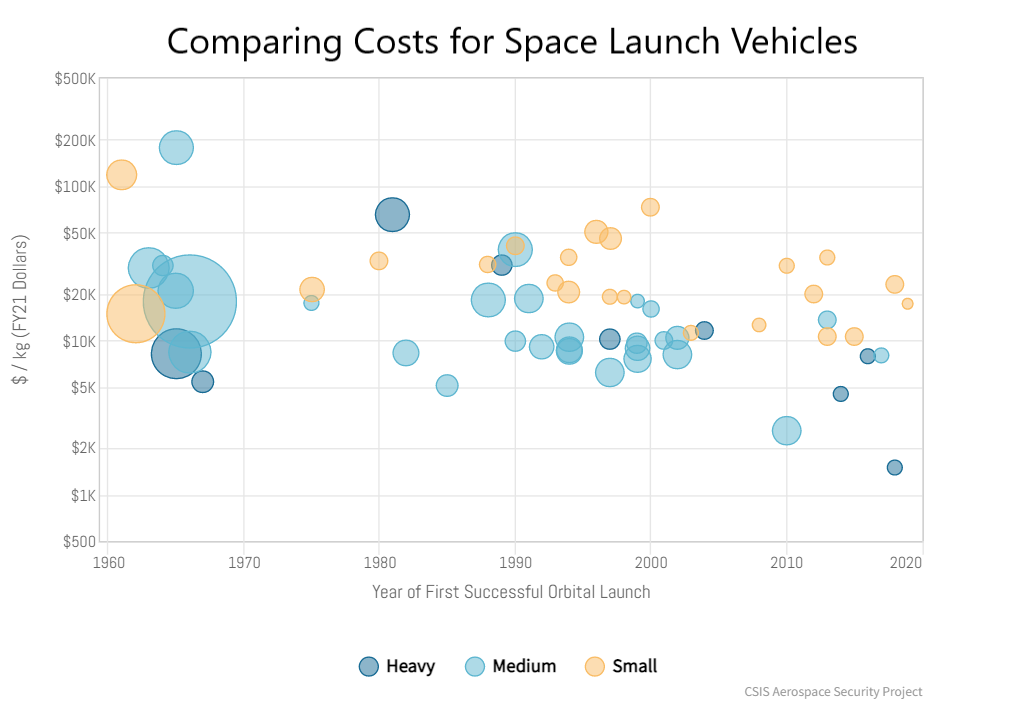Want to save $1 million by retirement? Nobody ever said it would be easy, but it’s definitely within the realm of possibility with retirement plan and an IRA for many working adults. But, before you start planning your million-dollar retirement, it’s absolutely imperative to understand a few ground rules.
Here they are:
- There are several moving parts to the save-a-million machine.
- There are no guarantees you, or anyone else, can do it.
- Achieving the goal takes planning, discipline, and a bit of luck.
Factors include your earnings, how much you can afford to save, your current age, how well you stick to budgets, financial emergencies that arise between now and your retirement date, the age at which you plan to retire, and how much you can earn on retirement savings, tax rates, rules about IRAs and 401ks, and more.
– Advertisement –
Everything begins with a plan, so that’s step one, and it’ll give you a good indication about how realistic the goal is for you
Retirement Plan with an IRA

If you want to do a quick litmus test to see if you’re within reach of saving one million dollars by retirement, jot down a few facts. We’ll also throw in a few assumptions about the economy, your level of personal discipline, etc.
Write down the following:
How much do you realistically think you can save each month between now and your planned retirement?
The number of years between today and the day you expect to retire.
The interest rate you can earn on savings in a retirement account.
The amount of money you currently have in a retirement account.
Keep in mind that IRS rules for saving money in a tax-deferred IRA limit you to $6,000 per person per year, or $7,000 if you are over age 50. Married couples trying to save $1 million obviously have a built-in advantage compared to single folks.
But, the other side of that coin is that a married couple won’t be able to live as comfortably on a $1 million retirement nest egg as a single person.
Using Your Data To Make a Retirement Plan
Fortunately, there are plenty of savings calculators. Pick your favorite one that figures the “future value of an annuity” and plug in your key data that you wrote down in the above step.

Here’s an example:
If you plan to retire in 30 years, currently have zero savings, can put aside $1,000 per month, and have access to an investment/brokerage account that yields six percent per year, compounded monthly, you would end up with $1,004,515 upon retirement.
Retirement Calculator
Find a retirement calculator that lets you plug in interest rate, monthly compounding, initial savings amount, and monthly contribution.
Let’s look at the above example in detail, and you can compare your own situation to it. The person had zero current savings. They have 30 years before they’ll retire, which is about average for someone in their early to late thirties. If you’re younger, it will be much easier to save the million. If you’re older than 45, it will be much more difficult.
We assumed the hypothetical person was perfectly disciplined and never missed a savings contribution. We also assumed the “person” was a couple. That allowed us to use a standard IRA account for each member of the couple, with each one putting in $500 per month (or $6,000 per year, each).
Finally, we assumed (and it’s a big assumption) that those IRAs the couple used yielded six percent per year. Getting a lower interest rate will impact the ease of reaching the goal. A higher interest rate, which is realistic in IRAs that hold growth stocks, makes hitting that million-dollar target easier.
– Advertisement –



